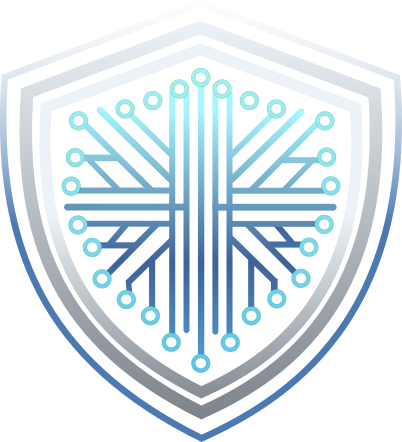A Digital Dilemma
In today’s interconnected digital world, trust is the bedrock upon which our online interactions are built. From simple email exchanges to complex financial transactions, we rely on a complex web of trust to ensure the security and integrity of our digital lives. One crucial element of this web is the concept of a “chain of trust.”
Understanding the Chain of Trust
At its core, a chain of trust is a hierarchical structure that verifies the authenticity of digital certificates. These certificates are like digital passports, identifying entities online. A trusted third-party, known as a Certificate Authority (CA), issues these certificates.

When you visit a website, your browser checks the website’s digital certificate. It verifies that the certificate was issued by a trusted CA and that the certificate hasn’t been compromised. If everything checks out, your browser establishes a secure connection, allowing you to interact with the website safely.
The Limitations of Trusting CAs
While CAs play a vital role in securing the internet, it’s important to recognize the limitations of this system. CAs are fallible, and there have been instances of CAs issuing fraudulent certificates or being compromised by malicious actors.
Moreover, by relying on CAs, we essentially place our trust in a centralized authority. This centralization can create vulnerabilities and potential risks. If a CA’s security is compromised, it could lead to widespread security breaches.
Taking Control: Self-Signed Certificates
To mitigate these risks, individuals and organizations can opt for self-signed certificates. These certificates are generated and signed by the entity itself, bypassing the need for a CA. While this approach offers greater control and security, it comes with its own challenges.
Self-signed certificates are not automatically trusted by browsers. Users must manually add them to their browser’s trusted certificate store. This can be a complex process and may not be suitable for everyone.
The Ultimate Trust Dilemma
Ultimately, the question of trust in the digital world is a complex one. While CAs offer a convenient solution, they introduce potential risks. Self-signed certificates provide greater control but require more technical expertise.
The ideal approach may lie somewhere in the middle. By carefully selecting trusted CAs and implementing strong security practices, individuals and organizations can minimize the risks associated with the chain of trust. However, it’s important to remember that true trust in the digital realm is elusive. The best approach is to be vigilant, stay informed, and take proactive steps to protect yourself and your data.
“Because that’s just how it is“ is not a good standard and will not protect your assets.

